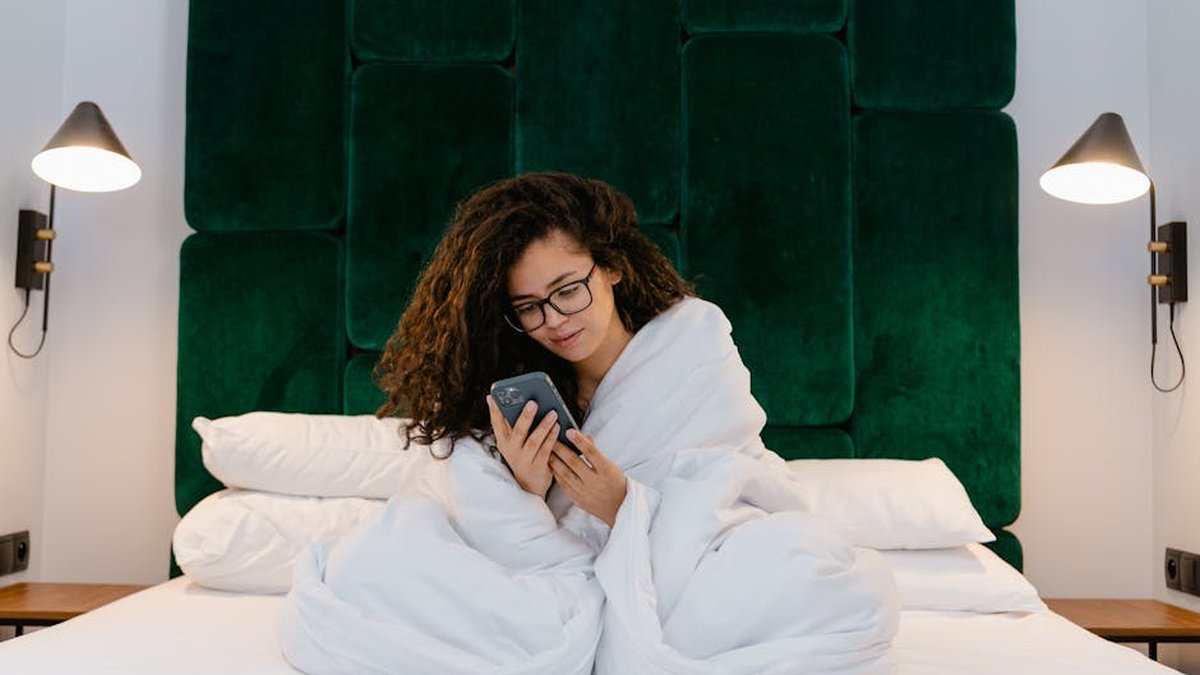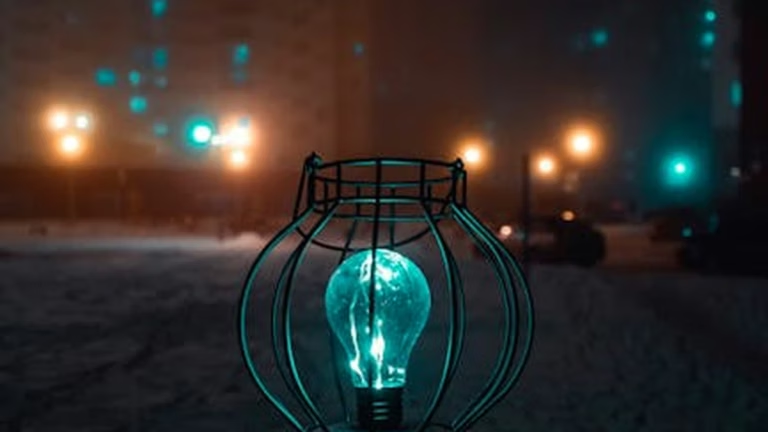Sleep Hygiene 2.0: Upgrading Your Evening Routine with Smart Home Technology for Better Rest
Are you tossing and turning all night, longing for a deep, restful sleep? Traditional sleep hygiene practices, like avoiding caffeine and establishing a regular bedtime, are a great start. But in today’s connected world, we can take our sleep optimization to the next level. Welcome to Sleep Hygiene 2.0: leveraging smart home technology to create the ultimate sleep sanctuary.
Understanding the Basics of Sleep Hygiene
Before we dive into the tech, let’s quickly recap the core principles of good sleep hygiene. These foundational practices are crucial for establishing a healthy sleep-wake cycle and preparing your body for rest.
Essential Sleep Hygiene Practices
- Maintain a Consistent Sleep Schedule: Go to bed and wake up around the same time every day, even on weekends.
- Create a Relaxing Bedtime Routine: Engage in calming activities like reading, taking a warm bath, or listening to soothing music.
- Optimize Your Sleep Environment: Keep your bedroom dark, quiet, and cool.
- Watch Your Diet and Exercise: Avoid caffeine and alcohol before bed, and exercise regularly, but not too close to bedtime.
- Limit Screen Time: The blue light emitted from electronic devices can interfere with melatonin production.
Smart Home Tech for Enhanced Sleep
Now, let’s explore how smart home technology can amplify the benefits of traditional sleep hygiene. By automating and customizing your sleep environment, you can create a personalized oasis that promotes deep, restorative sleep.
Smart Lighting for Circadian Rhythm Support
Smart lighting systems allow you to mimic the natural light patterns of the sun, helping to regulate your circadian rhythm. Using apps or voice commands, you can dim the lights gradually in the evening, signaling to your body that it’s time to wind down. Consider these features:
- Sunset Simulation: Gradually dimming lights to mimic a natural sunset.
- Color Temperature Adjustment: Shifting from blue-toned light during the day to warmer, amber tones in the evening.
- Automated Schedules: Setting pre-programmed light schedules based on your desired bedtime.
Example: Philips Hue or LIFX smart bulbs can be programmed to automatically dim and change color temperature in the hours leading up to bedtime.
Smart Thermostats for Optimal Temperature Control
Maintaining a cool bedroom temperature (around 65 degrees Fahrenheit) is crucial for good sleep. Smart thermostats allow you to automate temperature adjustments throughout the night, ensuring a comfortable sleep environment.
- Scheduled Temperature Changes: Automatically lowering the temperature a few hours before bedtime and raising it slightly in the morning.
- Remote Control: Adjusting the temperature from your bed using your smartphone or voice assistant.
- Learning Thermostats: These thermostats learn your preferences over time and automatically adjust the temperature accordingly.
Example: Nest Learning Thermostat or Ecobee SmartThermostat can learn your sleep patterns and adjust the temperature to optimize your sleep environment.
Smart Sound Machines and White Noise Generators
Background noise can disrupt sleep, especially in urban environments. Smart sound machines and white noise generators can mask distracting sounds and create a more peaceful sleep environment.
- Variety of Sounds: Offering a range of sounds, including white noise, pink noise, nature sounds, and ambient music.
- Customizable Settings: Adjusting the volume and sound settings to your preferences.
- Smart Integration: Connecting to your smart home system for voice control and automated scheduling.
Example: LectroFan micro2 or the Adaptive Sound Technologies Sound+Sleep SE are popular options for creating a soothing soundscape.
Smart Beds and Sleep Trackers
Smart beds and sleep trackers can provide valuable insights into your sleep patterns and help you identify potential sleep problems. Some smart beds even offer automated adjustments to improve your comfort and support.
- Sleep Tracking: Monitoring your sleep stages, heart rate, and breathing patterns.
- Data Analysis: Providing insights into your sleep quality and identifying potential areas for improvement.
- Automated Adjustments: Adjusting the firmness and support of the mattress based on your sleep position and pressure points.
Example: Eight Sleep Pod 3 or Sleep Number smart beds offer advanced sleep tracking and automated adjustments.
Creating Your Personalized Sleep Sanctuary
The key to successful Sleep Hygiene 2.0 is personalization. Experiment with different smart home technologies and settings to find what works best for you. Start small, and gradually integrate new technologies into your evening routine. Remember to focus on creating a relaxing and comfortable environment that promotes restful sleep.
By combining the principles of traditional sleep hygiene with the power of smart home technology, you can create a personalized sleep sanctuary that helps you fall asleep faster, stay asleep longer, and wake up feeling refreshed and revitalized. Sweet dreams!






